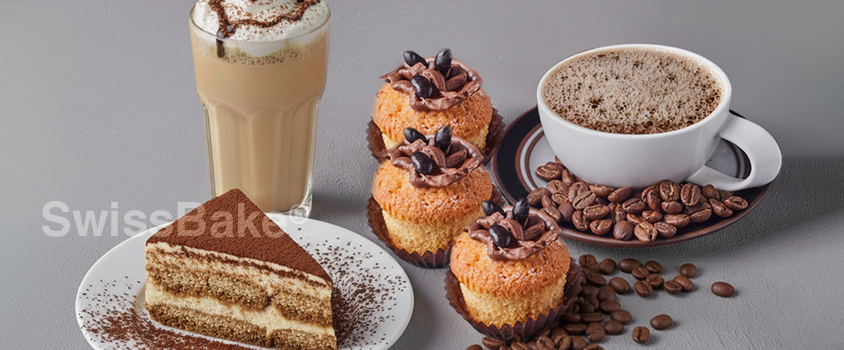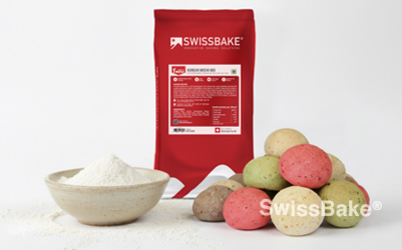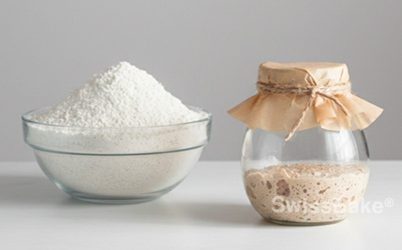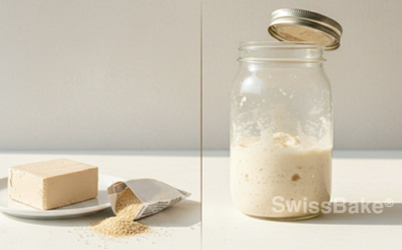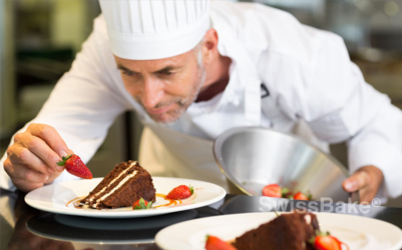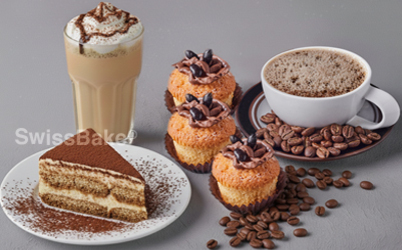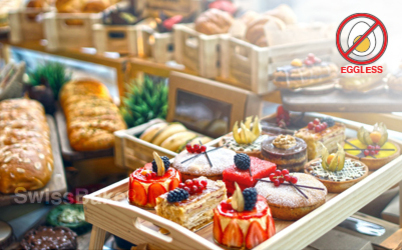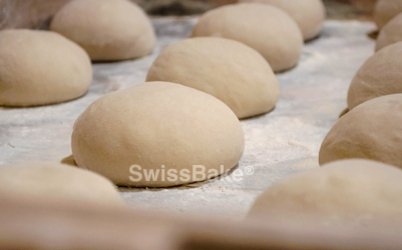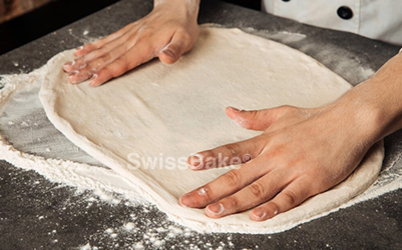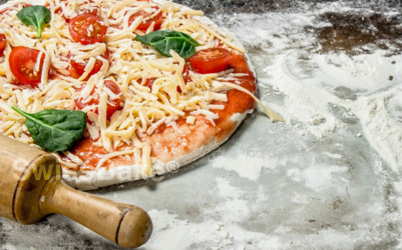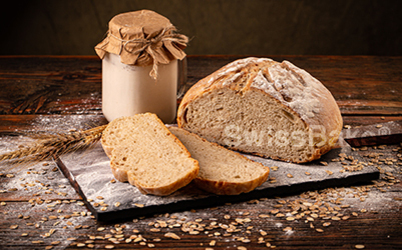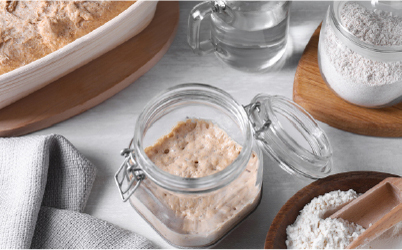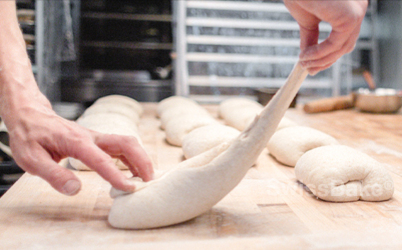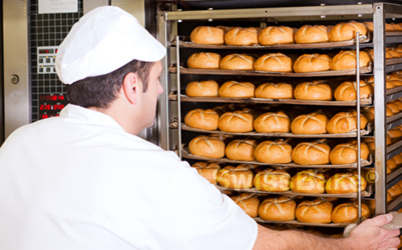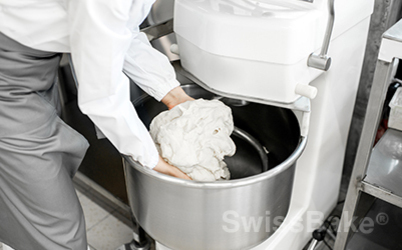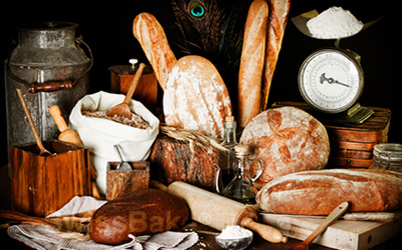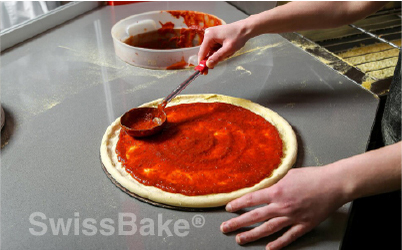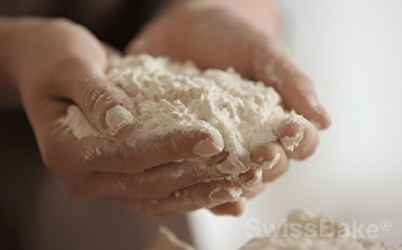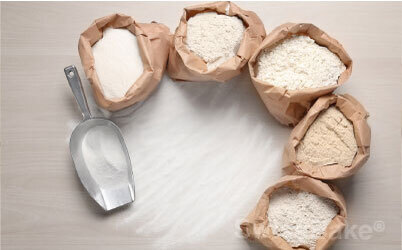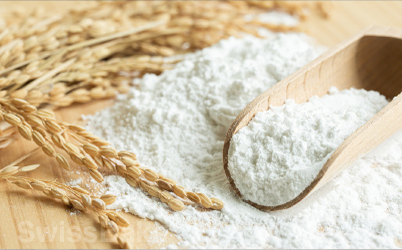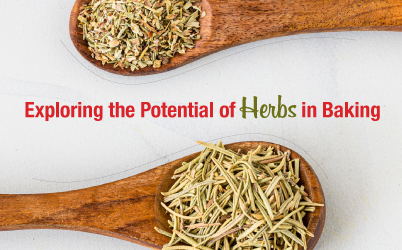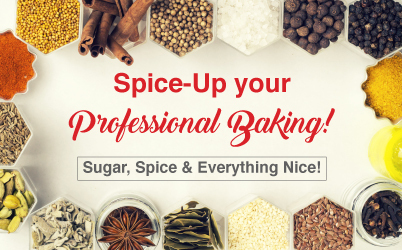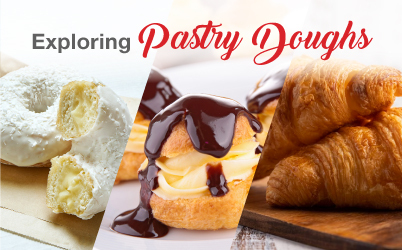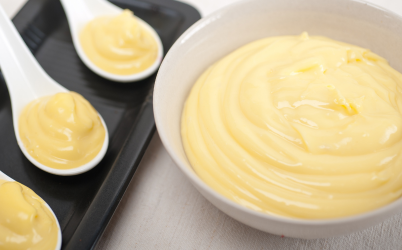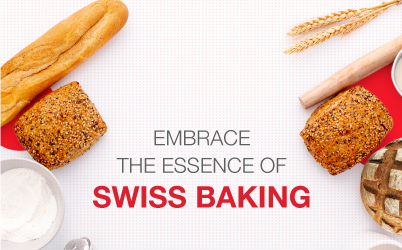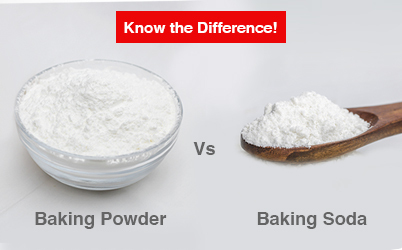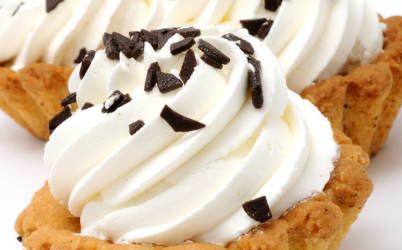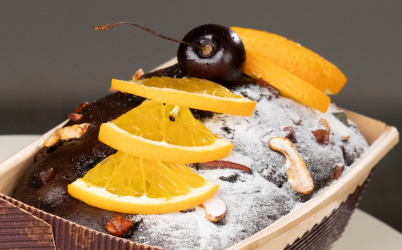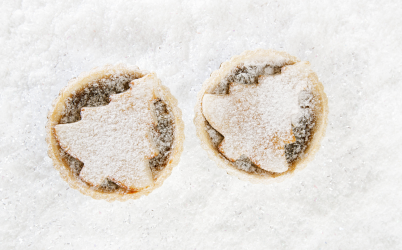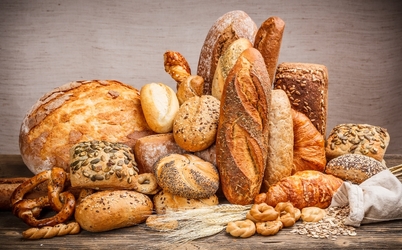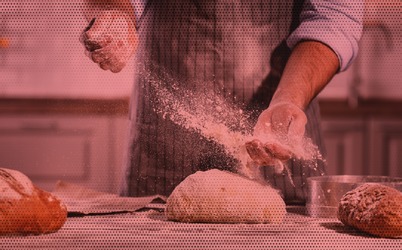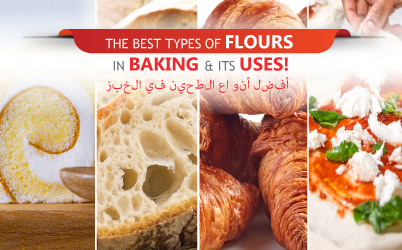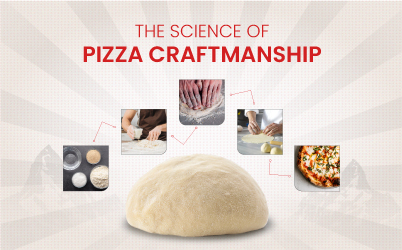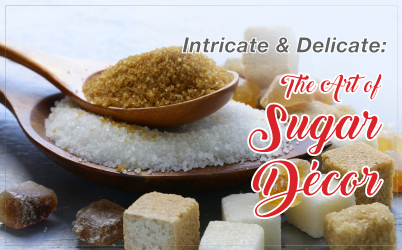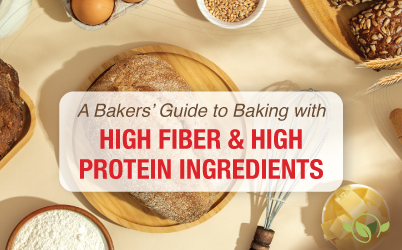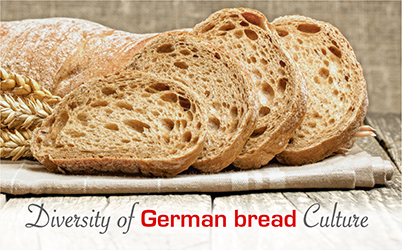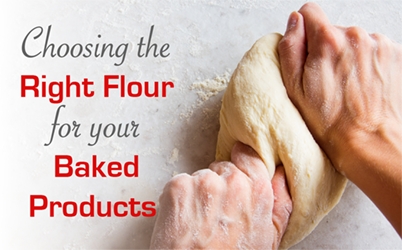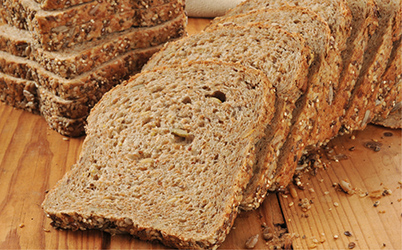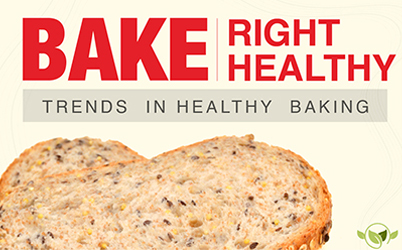Beyond the Brew: How to Bake with Coffee?
Coffee is more than just a staple of café culture and bakery menus—it’s an ingredient of remarkable depth and complexity. Within the professional baking world, coffee unlocks a spectrum of flavors, aromas, and functional attributes that elevate ordinary recipes into extraordinary creations. From espresso-infused cakes to aromatic glazes, today’s bakers are embracing coffee not only as a drink but as a bold, multifaceted baking ally. And with global coffee consumption rising steadily, integrating coffee into recipes and pairings has become more relevant than ever for cafés, QSRs, hotels, and bakery chains.
In this article, we’ll cover:
• The science behind coffee and its flavor structure
• Coffee’s behavior as a baking ingredient
• Techniques for infusion and flavor harmony
• Perfect baked pairings for different coffee types
The Science of Coffee in Baking
At its foundation, coffee is a complex chemical blend with over 800 volatile aromatic compounds, including:
• Chlorogenic acids – contributing acidity and fruity notes
• Maillard products – delivering roasted, caramelized aromas through roasting
• Caffeine – offering a bitter, sharp edge that balances sweetness
• Lactones and ketones – bringing nutty, cocoa, and earthy undertones
The bean origin, roast level, and grind size significantly influence flavor:
• Light roast – floral, citrusy, bright acidity
• Medium roast – chocolate, caramel, well-balanced acidity
• Dark roast – bold, smoky, lower acidity with stronger bitterness
These characteristics make coffee a multi-layered ingredient offering:
• Bitterness to offset sweetness
• Acidity for brightness
• Umami for depth
• Aromatic lift through volatile compounds
In baking, coffee functions as:
• A flavor enhancer similar to vanilla
• A natural colorant
• A moisture adjuster
• A balancing element for cocoa, caramel, spices, and nuts
Coffee and Baking: How it Behaves?
When incorporated into baking systems, coffee influences multiple factors:
-
Flavor Chemistry
Coffee intensifies chocolate and nut flavors but may overpower delicate fruit notes if not balanced. Roast choice impacts acidity—dark roasts provide boldness and lower acid, while light roasts introduce bright, citrusy tones -
Color
Baked products with espresso or strong brews develop a rich brown shade, ideal for mocha cakes, tiramisu, and coffee-flavored cookies -
Moisture
Brewed coffee can replace part of the water or milk in batters and glazes, though formulations must avoid thinning emulsions or overhydrating mixtures -
Leavening Interactions
Coffee’s acidity can subtly affect the activity of baking soda and powder, especially in delicate batters, making pH adjustments or buffering with milk solids or starches essential
Baking with Coffee: Function Meets Flavor
Using coffee in baking blends functionality with flavor enhancement
1. Types of Coffee Used in Baking
• Brewed Coffee / Espresso Shots – adds moisture and aroma; great for cakes, muffins, glazes
• Instant Coffee / Espresso Powder – concentrated, blends easily with dry ingredients; ideal for brownies, cookies, bars
• Ground Coffee – brings texture and a speckled look; used in streusels, shortbreads, or rubs
• Coffee Extracts / Concentrates – deliver controlled intensity; suitable for icings, ganache, creams
2. Coffee Enhances Other Flavors
Coffee naturally elevates chocolate, vanilla, cinnamon, and nut-based profiles, making it a key element in:
• Chocolate brownies (intensifying cocoa notes)
• Tiramisu (complementing mascarpone layers)
• Cinnamon rolls (in fillings and glazes)
• Caramel sauces (adding complexity to sweetness)
Its bitterness creates balance in sweet bakery items, appealing particularly to mature flavor preferences
The Art of Infusing Coffee into Baked Goods
Layering coffee flavor goes beyond mixing in instant powder; it’s about strategic infusion for maximum impact
1. Infusion Techniques for Professionals
• Dairy infusion – steep grounds in warm milk or cream for mousses, custards, or brioche
• Fat infusion – blend roasted beans into butter or oil for shortbreads or pound cakes
• Soak syrups – brew strong coffee syrups to soak sponge cakes or babkas
• Glazes & ganache – mix espresso powder or extract into chocolate glazes for éclairs or cakes
• Streusels & crumbs – combine ground coffee with sugar and butter for crunchy toppings
2. Balancing Flavors
Coffee shines when paired thoughtfully:
• Contrasts – vanilla, mascarpone, fruit, citrus
• Complements – chocolate, hazelnut, caramel, spices
→ SwissBake®’s Schoko Brownie Mix, Muffin Mix, or Creme Cake Mix make excellent bases for coffee additions in batters or toppings
Chef’s tip: Layering coffee across multiple components (batter, glaze, topping) creates a “flavor echo” that enhances the overall sensory experience
Baked Products That Pair Well with Coffee
Pairing bakery items with specific coffee types enhances the customer experience and drives higher order values
| Coffee Type | Best Paired Baked Items |
|---|---|
| Espresso / Ristretto | Chocolate brownies, almond biscotti, hazelnut shortbread |
| Cappuccino / Latte | Vanilla pound cake, cinnamon rolls, fruit-filled Danish, bruschetta |
| Americano / Filter | Rustic sourdough toast, butter croissant, banana bread |
| Cold Brew | Mocha muffins, chunky cookies, chocolate donuts, panini |
| Iced Latte / Frappe | Coffee cupcakes, tiramisu slices, layered sponge cakes, garlic bread |
| Affogato / Coffee Gelato | Chocolate chip cookies, walnut bars, espresso-soaked brownies |
Why Professional Bakers Should Consider Coffee-Infused Products
• Differentiation – Few bakeries deeply integrate coffee into their core menu, giving innovators a competitive edge
• Menu Integration – Coffee-flavored bakes thrive in café and brunch formats, increasing average ticket size
• Shelf-Life Advantage – Brew, syrup, or oil additions often help retain moisture longer in coffee-based cakes and glazes
• Seasonal & Limited Editions – Coffee creations like mocha, tiramisu, or Espresso Brookies make impactful specials for events like World Coffee Day
Conclusion
Coffee is more than a beverage—it’s a dynamic ingredient that enriches bakery products with depth, aroma, and refined flavor. From intensifying chocolate to adding aromatic nuance in glazes, coffee introduces a sophisticated edge to bakery creations. Whether you’re developing recipes with coffee or designing menus around coffee pairings, SwissBake® provides the mixes and technical expertise you need to explore this versatile ingredient. This International Coffee Day and beyond, go beyond the cup—let coffee inspire your next signature bake

